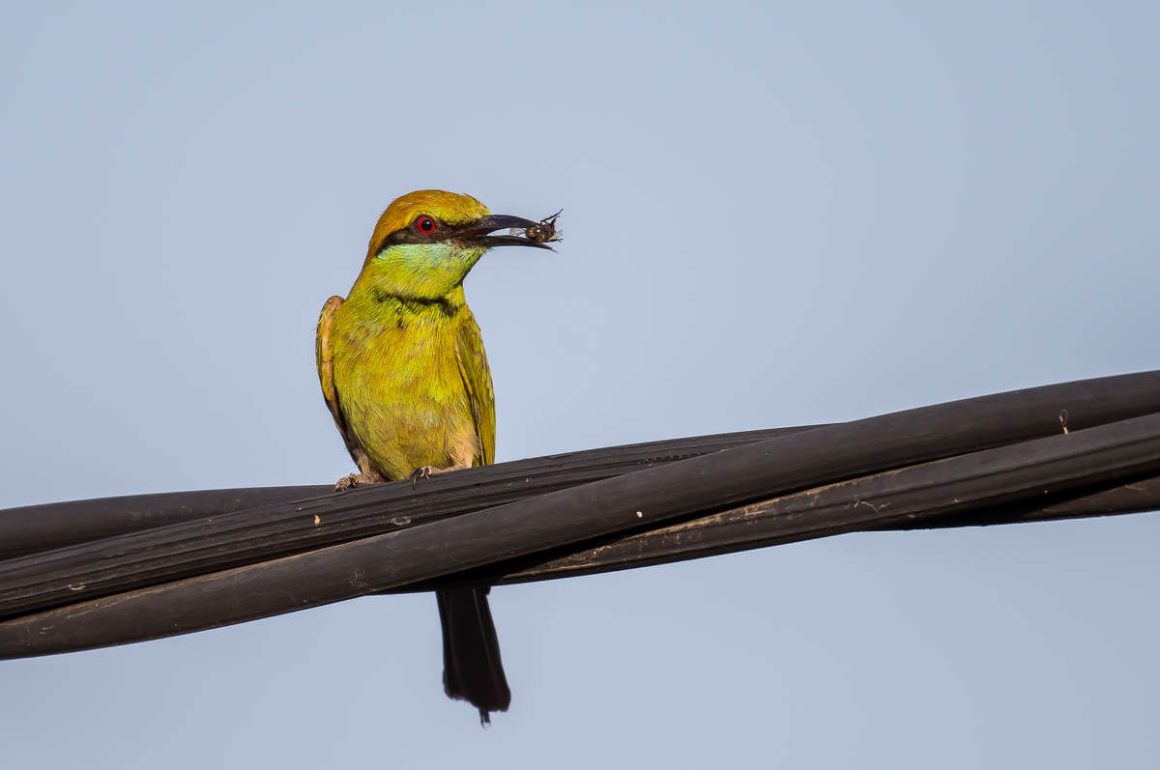
Frankly, Ho Chi Minh City is not a place you would go to specifically for birding. But if you are there anyway (at the start of a longer birding trip) and have an afternoon to spare, then why not? Specifically, a place named Sala Township looked interesting based on a few recent eBird lists.
Sala Township is a slightly weird place in that it is very close to the city center (just on the other side of the river) and partly poshly built up, partly consisting of scrubland. The kind of place that will be completely uninhabitable for birds in about 5 years, if Vietnam continues developing and if my usual pessimism is justified.
Anyway, having read far too many books on the Vietnam War in my younger days, there was a certain fascination in starting birding in Vietnam – though I had been in the country more than 20 years ago when the place in some way was much more interesting (i.e., no Starbucks anywhere, no easy cab hire via Grab, no cash machines, etc.).
Compared to the aforementioned eBird list, my yield was modest – which I partly blame on the time of the day (approximately from 2 pm to 5 pm local time) and partly on my limited skills as a birder.
Still, it was worth it for seeing several Asian Green Bee-eaters alone.
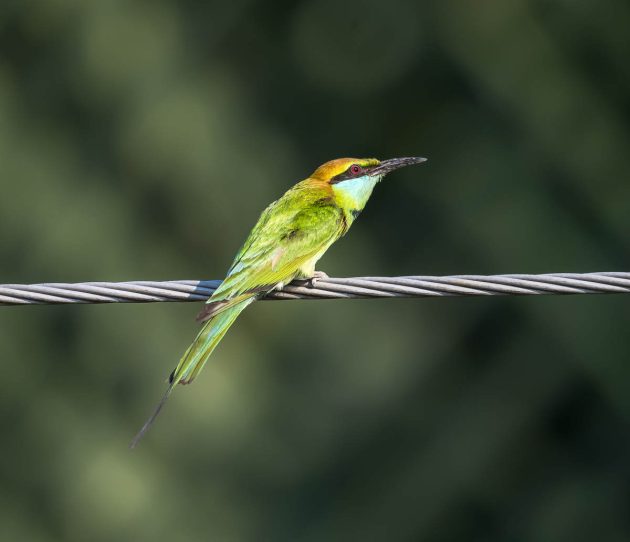
One paper – describing research conveniently done at the university campus of Chittagong University, presumably close to the canteen – looks at resource partitioning between this bee-eater and another one, the chestnut-headed bee-eater. Resource partitioning is basically the term for liking different things, which makes it easier to live together (think you eating most of the meat and your wife eating most of the vegetables of a shared dinner).
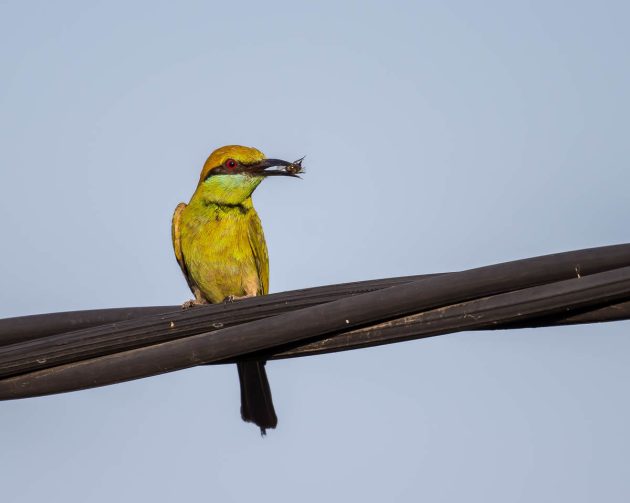
Interestingly, the research found that both species primarily spend their time in trees (83% and 81%) and have the same main food source, hymenopterans (25% each, and no, I have no idea what hymenopterans are either – presumably something with wings). So, basically, the two species do exactly the same things. Then, based on these results, the study concludes “coexisting bee-eater species partition their resources to limit the effects of interspecific competition and it helps them to co-occur together”. QNED. (Note for those without a proper classical education: this is to show off mine).
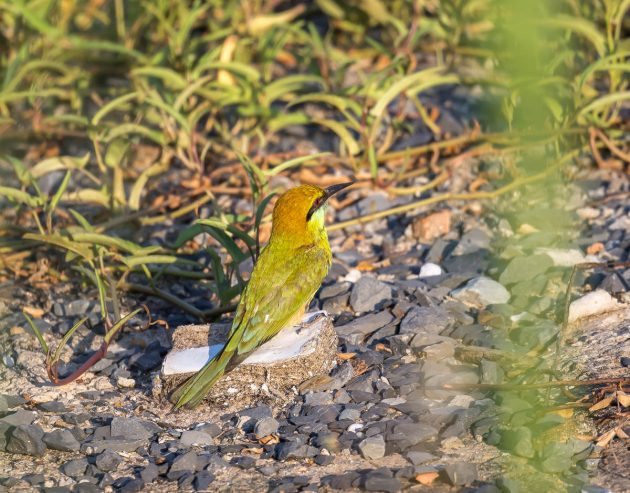
Another paper on the Asian Green Bee-eater (“Ecology of the Green Bee-eater”) can be found in a journal edited by the interestingly named Vishwashanti Multipurpose Society (subtitle: Global Peace Multipurpose Society). [So if global peace is not your thing, you can presumably choose another purpose at will.]
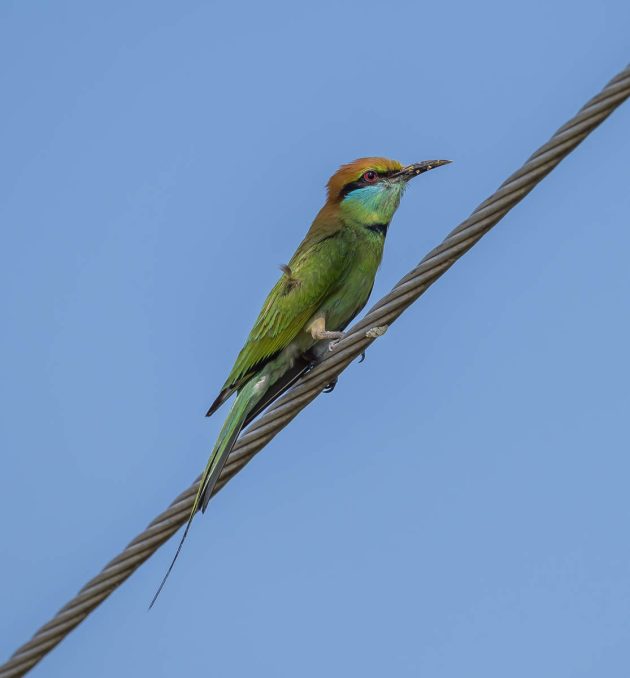
The paper gives one interesting fact about the bee-eater – apparently, it has a particular predator avoidance behavior that distinguishes it from many other species. If a potential predator is looking at the bee-eater’s nest, it will not enter until the predator has looked away. This indicates that the bird is aware of where the predator is looking. The claim made in the paper – that this suggests the bird is aware of the predator’s mental state and thus has a ‘theory of mind’ – seems a bit far-fetched though.
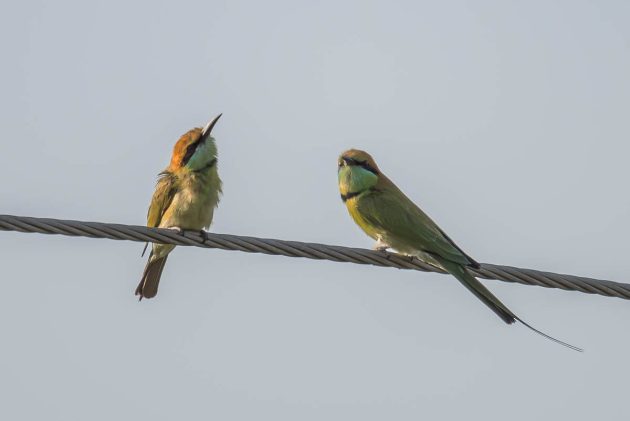
If this is a bit too exciting for you, why don’t you look at a paper titled “Cytochrome c oxidase subunit I barcoding of the green bee-eater (Merops orientalis)”?
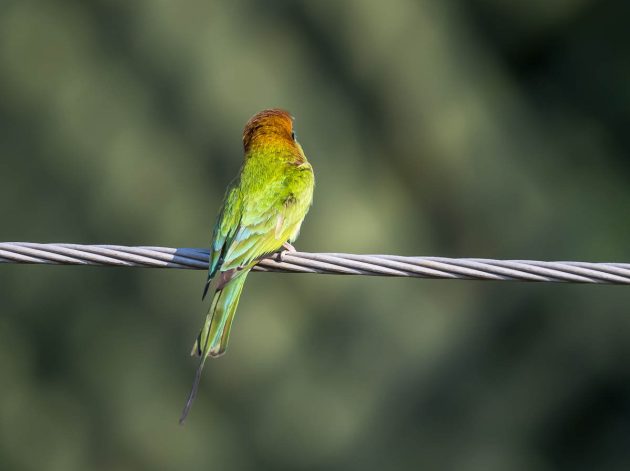
The first bird I saw in Saigon was less exotic though – a Eurasian Tree Sparrow.
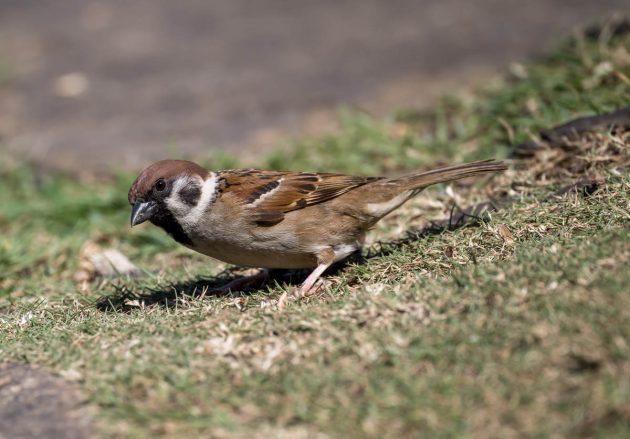
It seems a bit sad to me that a paper on the Eurasian Tree Sparrow and the House Sparrow has to justify the need for research on these species by arguing this benefits humans: “Sparrow species … live in a close association with people. Therefore, understanding their population status and trends will also help in monitoring the quality of environments where most people live”.
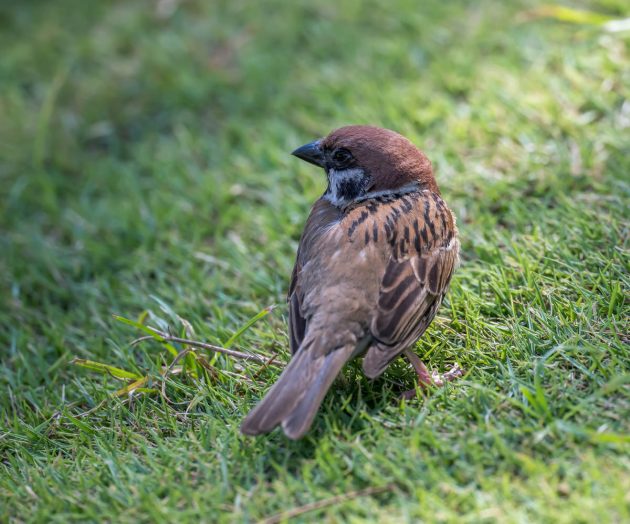
Zebra Doves seem to be as common in Ho Chi Minh City as the sparrows, but as they do not live in Shanghai, they are more interesting to me – plus they are kind of cute, which is something not many doves and pigeons manage to pull off.
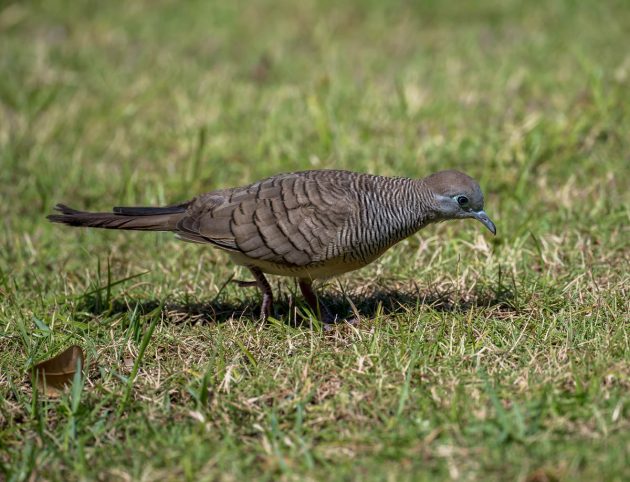
Apparently, some Zebra Doves can be quite valuable, though presumably not the ones I saw. Zebra Doves are raised for singing contests in countries including Indonesia, Malaysia, and Thailand, and may cost between 1000 and 50,000 USD depending on their singing qualities (source).
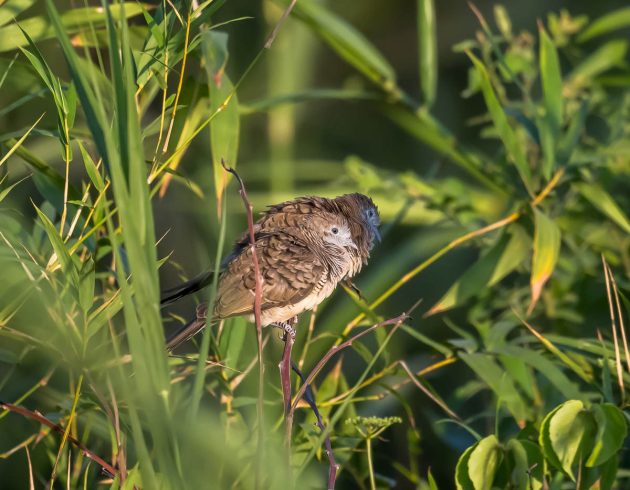
(Note: if you want to look up this source, be aware that the singing of the doves is not the focus of the paper – instead, it is on roundworms rampant in caged dove populations. I guess different people have different interests).
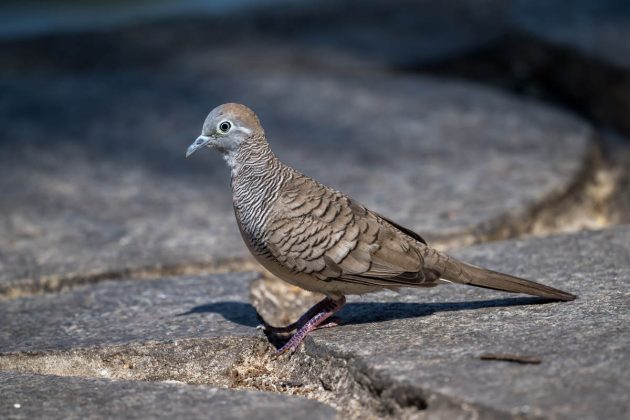
Scaly-breasted Munias also seem quite common in HCM (as they are in Shanghai).
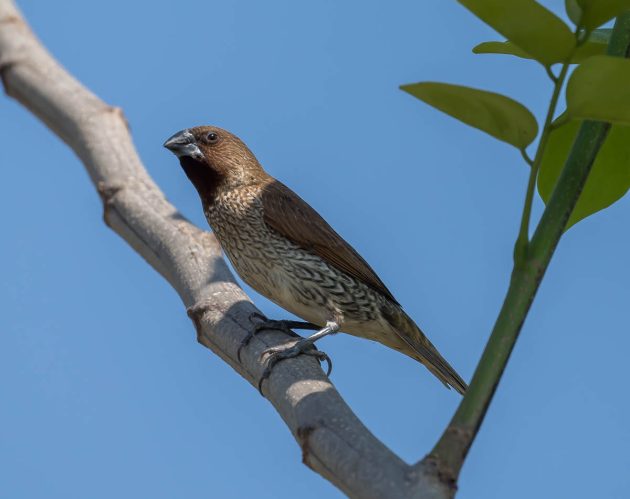
And apparently elsewhere: Mississipi, …
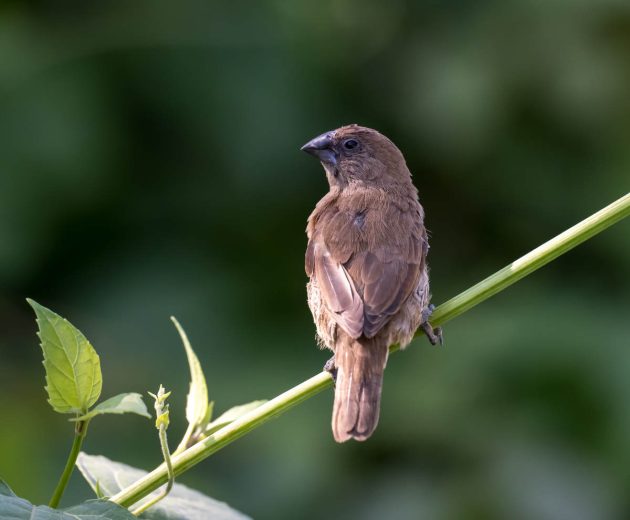
… Texas …
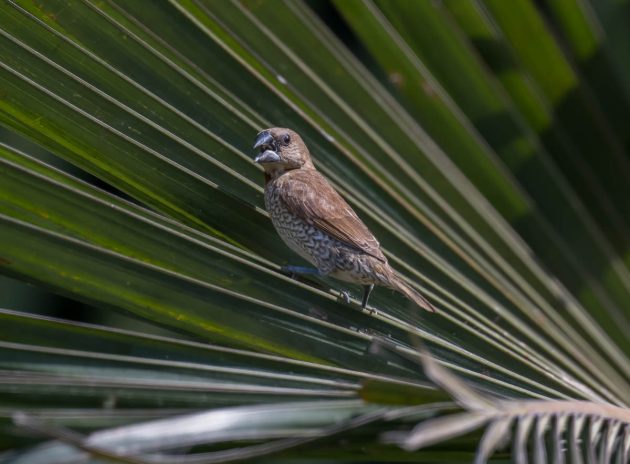
… and Florida. All Republican states – does that tell us something about the political opinion of this species?
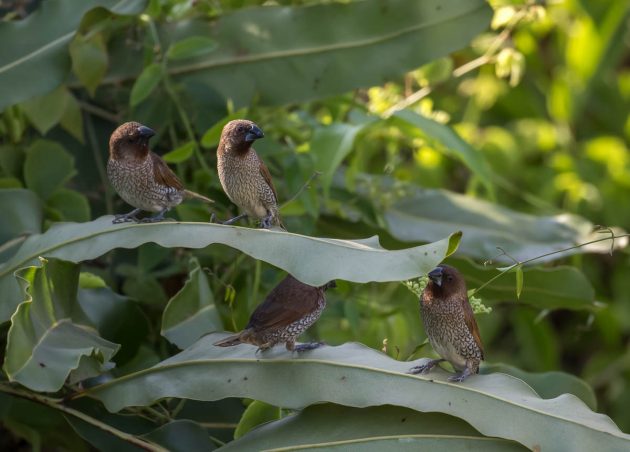
My other highlight of the day – after the bee-eaters – was a Collared Kingfisher.
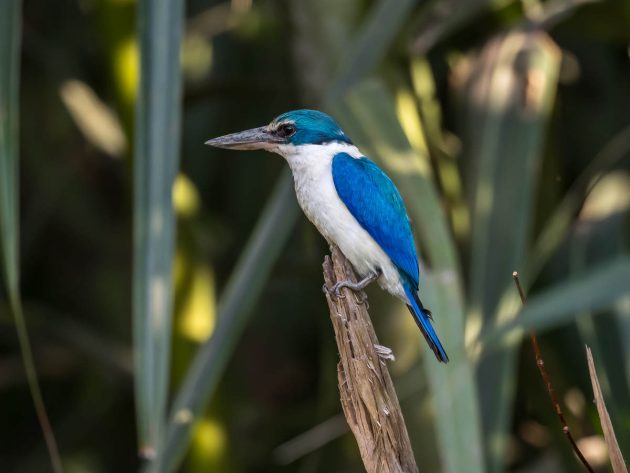
This is a bird that takes the formation of subspecies to an extreme. eBird states that there are nearly 50 of them. To give you an idea of the dimension of this number, it is almost as much as the number of US states.
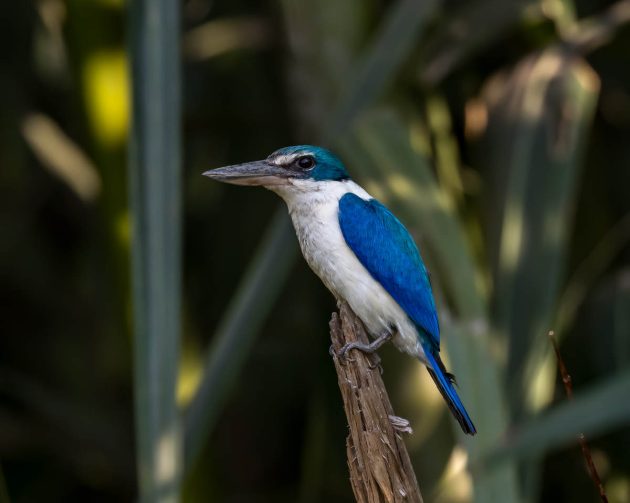
The species name of the Yellow-vented Bulbul, goiavier, is not derived from Edoardo Goiavier (1734-1778), the Portuguese seafarer and naturalist, mainly because such a person never existed. Instead, it is apparently derived from the French word for guava as the species was seen to frequently visit guava trees. Apologies – some of these name origins are not particularly interesting.
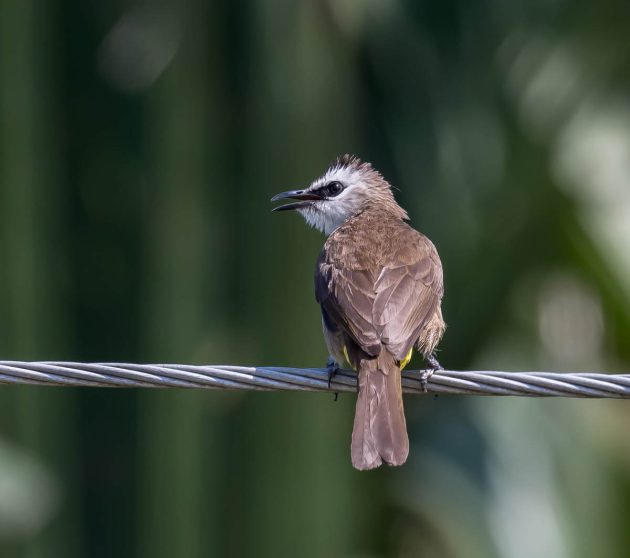
45 of these bulbuls were unlucky enough to be dissected for an analysis of their stomach content, resulting in a paper for the Journal Of Oil Palm Research. The bulbuls are the most common species in oil palm plantations and partly feed on insects that damage the trees, thus the scientific interest (and the untimely demise of the individuals).
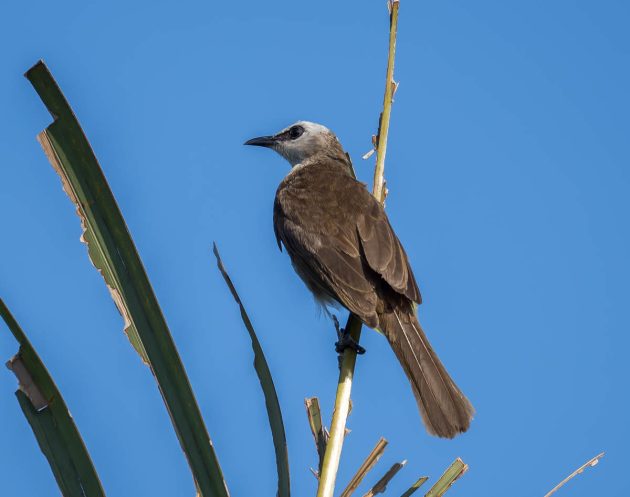
Germain’s Swiftlets are a challenge even for much better photographers than me.
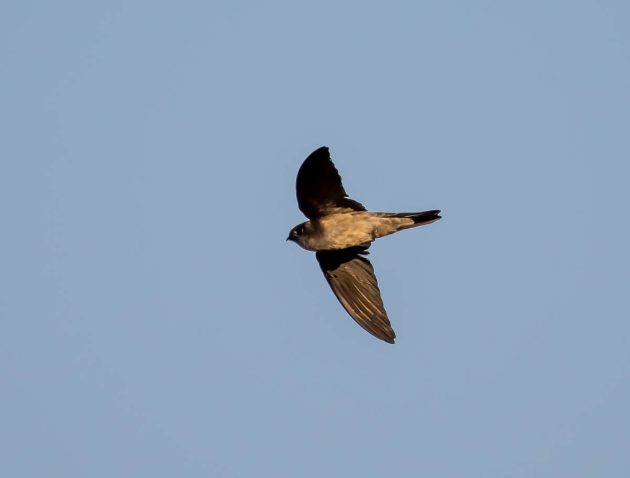
While the species name germani seems to indicate a German connection for this species, it is actually named after a French collector, Louis Rodolphe Germain (1827-1912), for once a name I did not make up. He was a veterinary surgeon in Indochina between 1862 and 1867, according to the HBW.
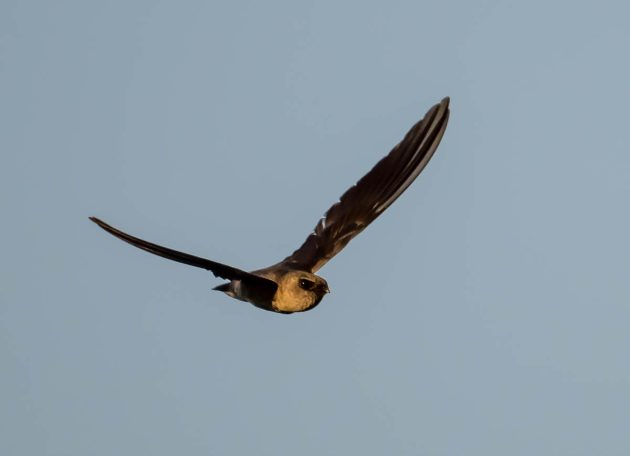
The “Locomotion” section in the HBW on the species also explains why it is difficult to photograph: “The flight of Germain’s Swiftlet has a jerky motion, interspersed with short glides in which wings are held angled downwards”.
My birding day ended with the flyover of a Purple Heron – not a bird one would see so close to the city center in Shanghai.
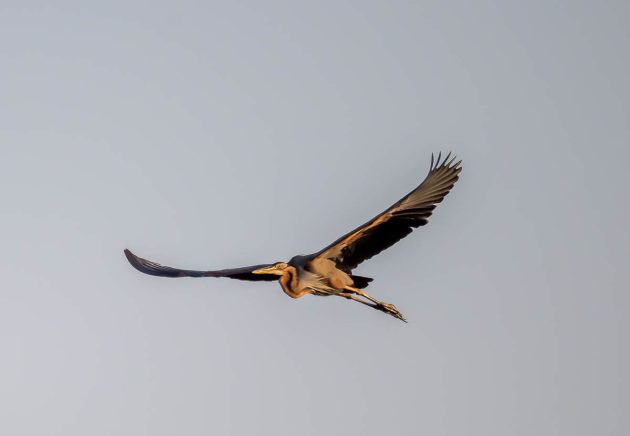
The youngest chicks in a clutch of Purple Herons of this species often die of starvation – one paper describes this in rather technical terms: “Brood reduction through sibling hierarchies provides a fine-tuning at the time of peak nestling demand”.
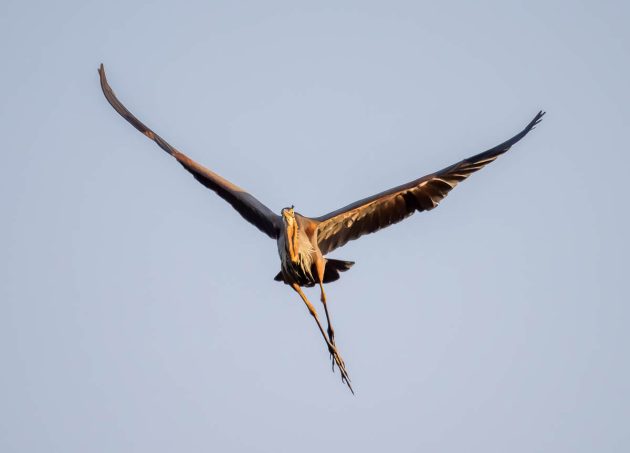
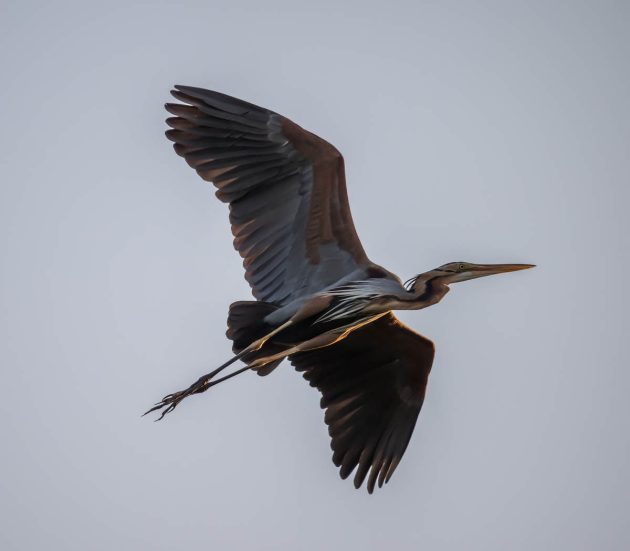
Saddish story at the end: When I once looked for a guide for a Vietnam bird tour, I contacted two tour companies. My inquiry included the following sentence: “Do you have female bird guides (I have had good experiences with them here in China)?”
One of the tour companies replied, “We do not have female bird guides in Vietnam, but we have female assistant staff and there are many services in Vietnam for fun.” You can almost see the “wink, wink” in the writer’s face … While this sounded tempting indeed, I decided against that company as I am not that much into fun.
Thanks to Morten for the eBird list mentioned at the start of the post and for patiently answering my follow-up questions.


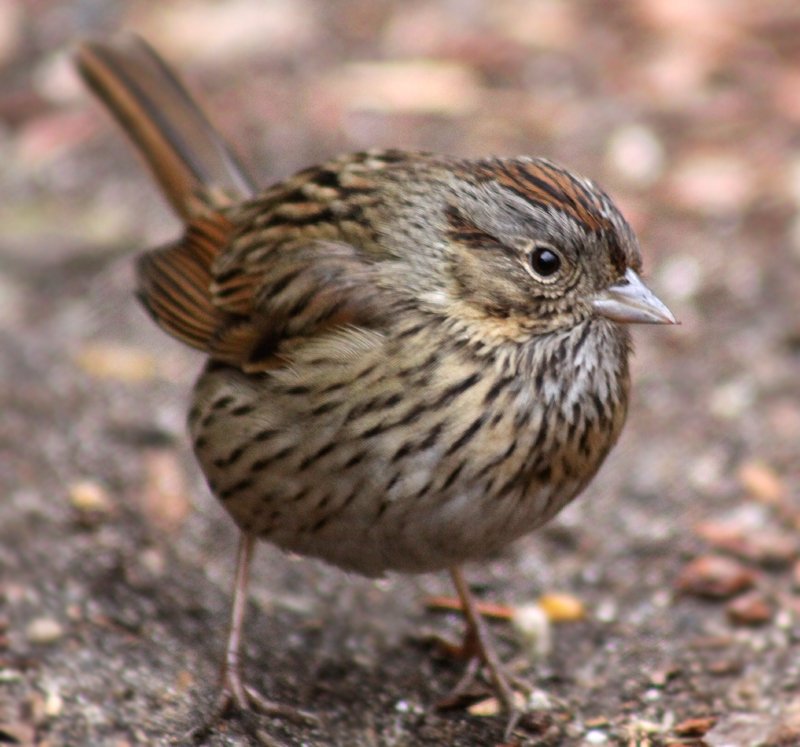
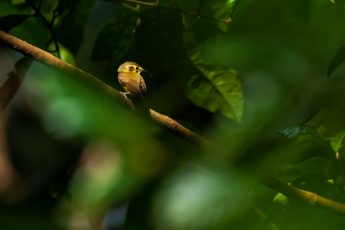

 New writers welcome – please contact us for details.
New writers welcome – please contact us for details.

















Leave a Comment